Thermodynamics might not be your favourite subject but it is definitely the most important subject for Automotive Engineering. Those who have studied it will know that engines have low efficiency as the majority of energy produced is lost in the form of Heat. A typical engine uses only 30% of the whole power produced and 30% loses are through coolant, 30% through exhaust and 10% through friction. Efficiency can be increased by controlling the heat rejection of the engine.
What is LHR Engine?
The objective of low heat rejection (LHR) is to eliminate loss of energy through coolant by increasing the thermal resistance of the engine walls and ultimately increasing the efficiency of the engine. This is done by Thermal barrier coating (TBC) on the cylinder components like piston crown top, cylinder liner, cylinder head inside and valves. These Thermal Barrier Coated Engines are otherwise known as LHR engines.
Due to the insulation of the cylinder wall, the heat transfer through the cylinder walls to the cooling system is reduced which change the combustion characteristics of the diesel engine.
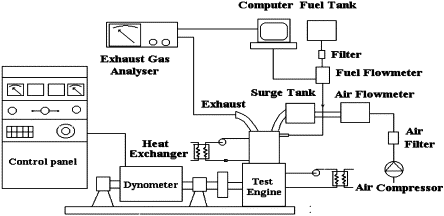
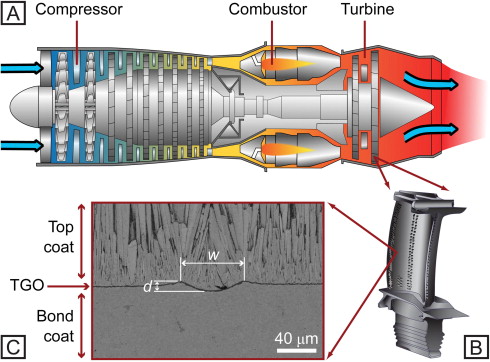
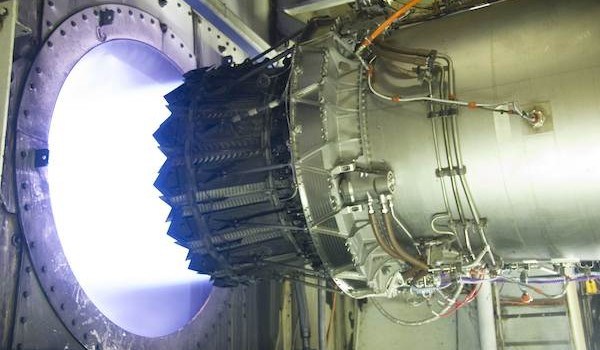
The Thermodynamic point of View:
Thermodynamically speaking the LHR follows the adiabatic process. An adiabatic process is one that occurs without transfer of heat or matter between a thermodynamic system and its surroundings. In an adiabatic process, energy is transferred to its surroundings only as work. The adiabatic process provides a rigorous conceptual basis for the theory used to expound the first law of thermodynamics.
Basically, around one-third of the input energy is converted into mechanical work, around one-third is lost as heat in the exhaust gases, and around one third is lost as heat to the cooling system through mechanical friction and heat transfer losses within the engine. Approximately half of the latter (which equates to between 15 and 20 per cent of the fuel input energy) is lost to in-cylinder heat transfer, i.e. heat transfer from the hot gas to the combustion chamber surface area. Clearly, there is a potential for improving engine fuel efficiency, if this heat loss can be reduced and utilized either directly as piston work or via increased exhaust gas enthalpies in a bottoming cycle.
So basically, thermal insulation Reduces heat transfer, Improves thermal efficiency and Increases energy availability in the exhaust.
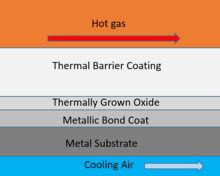

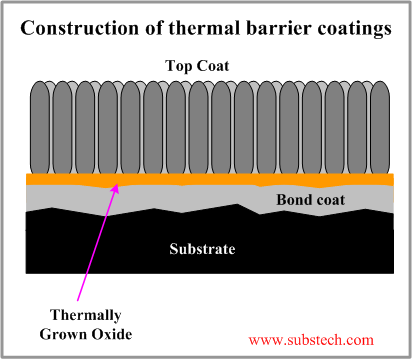
Summing it up..
- If the LHR engine is operated with the optimum injection timing, the amount of maximum available power can be increased.
- The use of reduced heat rejection in diesel engines is least useful in naturally aspirated engines, more useful in turbocharged engines.
- The higher temperature of the combustion chamber surfaces of LHR engine deteriorates the properties of lubricating oil.
- The objectives of improved thermal efficiency, improved fuel economy and reduced emissions are attainable, but much more investigations with improved engine design are required to explore the full potential of low heat rejection engines.
- In the ceramic coated diesel engine, combustion temperature is increased and ignition delay time decreases. This increase in combustion temperature enables lowering the compression ratio of the ceramic coated diesel engine to some extent without degrading the power and torque in a big scale at full loads.





Leave a comment